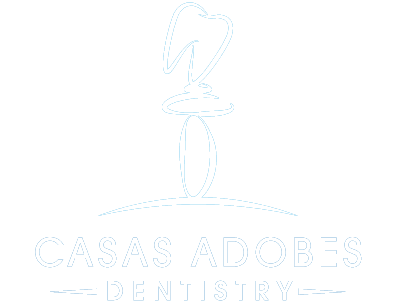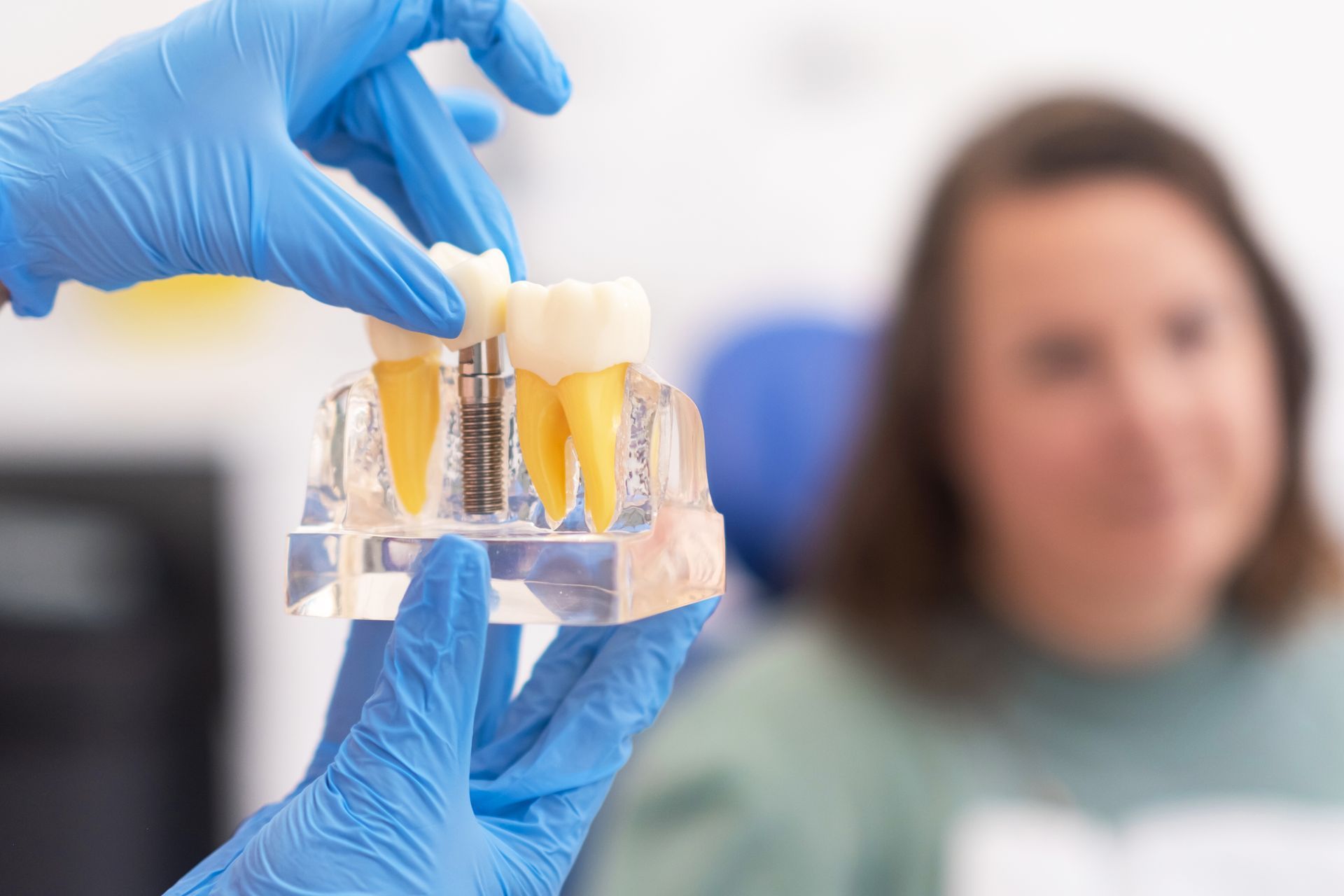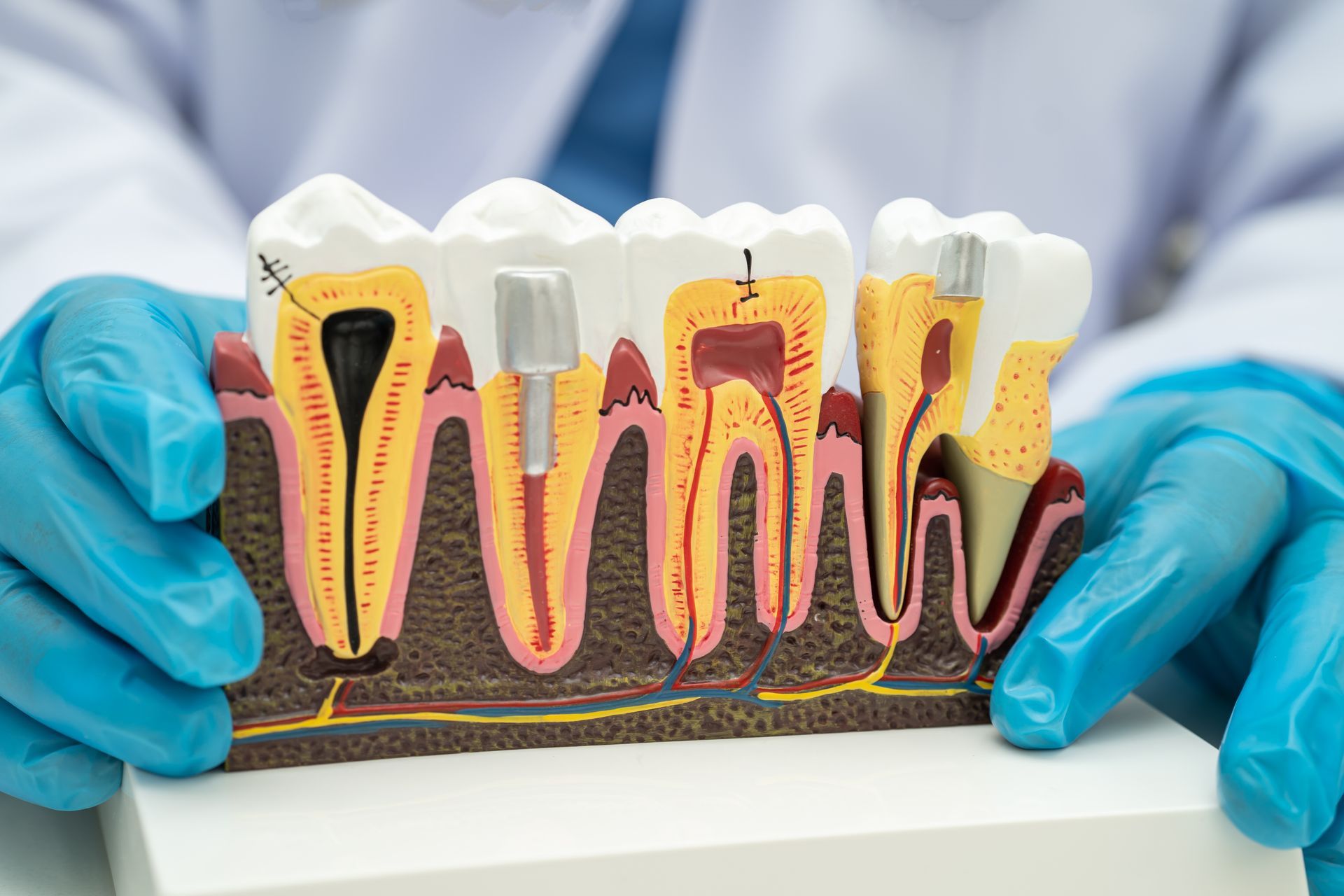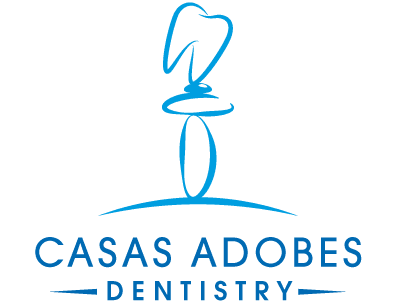Can a Laser Dentist Perform Less Painful Dental Care?

Nowadays, laser dentistry is gaining widespread attention. It is a safe and accurate method used by a laser dentist to conduct several dental operations that were previously done using drills and metal instruments. Dental lasers allow dentists to treat particular regions of a patient's mouth without causing damage to surrounding structures and tissues. Therefore, the patient will have a more pleasant treatment and a faster recovery time. This might explain why laser dentistry is popular, especially among people who have dental phobia.
How dental lasers work
To conduct precise dental treatments, a laser dentist uses a strong beam of light energy. The dental lasers are simple to use and enable dentists to cut or vaporize tissue on touch, remove the soft tissue from gums, and eradicate decay in teeth. Since the high-energy laser beam cauterizes as it works, lower blood loss reduces recovery periods and the need for over-the-counter pain relievers. Lasers also help to prevent bacterial infections by sterilizing the region and reducing tissue damage.
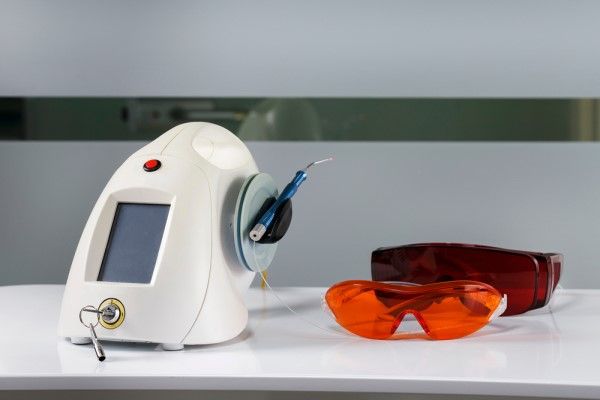
Why is laser dentistry less painful?
Many patients panic at the idea of a scalpel coming close to their mouths. For such people, laser dentistry might be an option to consider. Traditional techniques are much more intrusive than this high-energy laser technology. Many dental operations are no longer performed using drills and scalpels, minimizing the need for anesthetic.
Laser dentistry even makes biopsies and cavity fillings more comfortable for patients. All operations are done with pinpoint precision to preserve the surrounding tissues, and there are no sutures to deal with afterward. Additionally, lasers sanitize while they work, lowering the chance of unpleasant bacterial infections.
Types of lasers used in dentistry
The Food and Drug Administration has authorized a variety of soft tissue lasers for usage. Each kind of laser has a distinct purpose.
Lasers for soft tissue: These lasers are designed for cutting through soft tissues in the mouth, such as gums, as the name suggests. Therefore, they are often used for periodontal disease treatment. These lasers may be used to destroy any bacteria that may be present in these soft tissues, as well as to aid tissue regeneration.
Another significant advantage of soft-tissue lasers is their ability to block nerve endings and blood arteries while simultaneously cutting through them. Therefore, the operation is less painful, and recuperation time is faster.
Some modern laser designs combine the features of soft and hard tissue lasers into a single device. Laser instruments may also be used to examine the insides of tissue cells and teeth.
Final note
The laser dentist can use dental lasers for many procedures, including cavity detection, crown lengthening, gum reshaping, and even teeth whitening. Casas Adobes Dentistry utilizes the PerioLase® for LANAP (Laser-assisted new attachment treatment) for the treatment of gum disease. For more information, contact us to book an appointment.
Request an appointment here: https://www.casasadobesdentistry.com or call Casas Adobes Dentistry at (520) 365-0559 for an appointment in our Tucson office.
